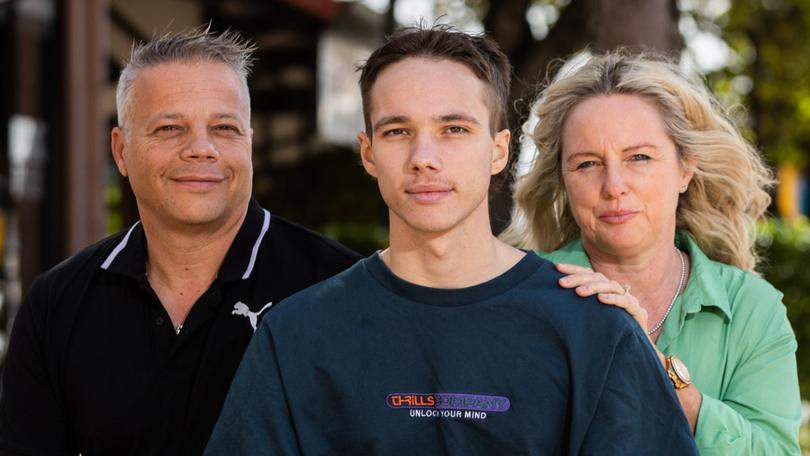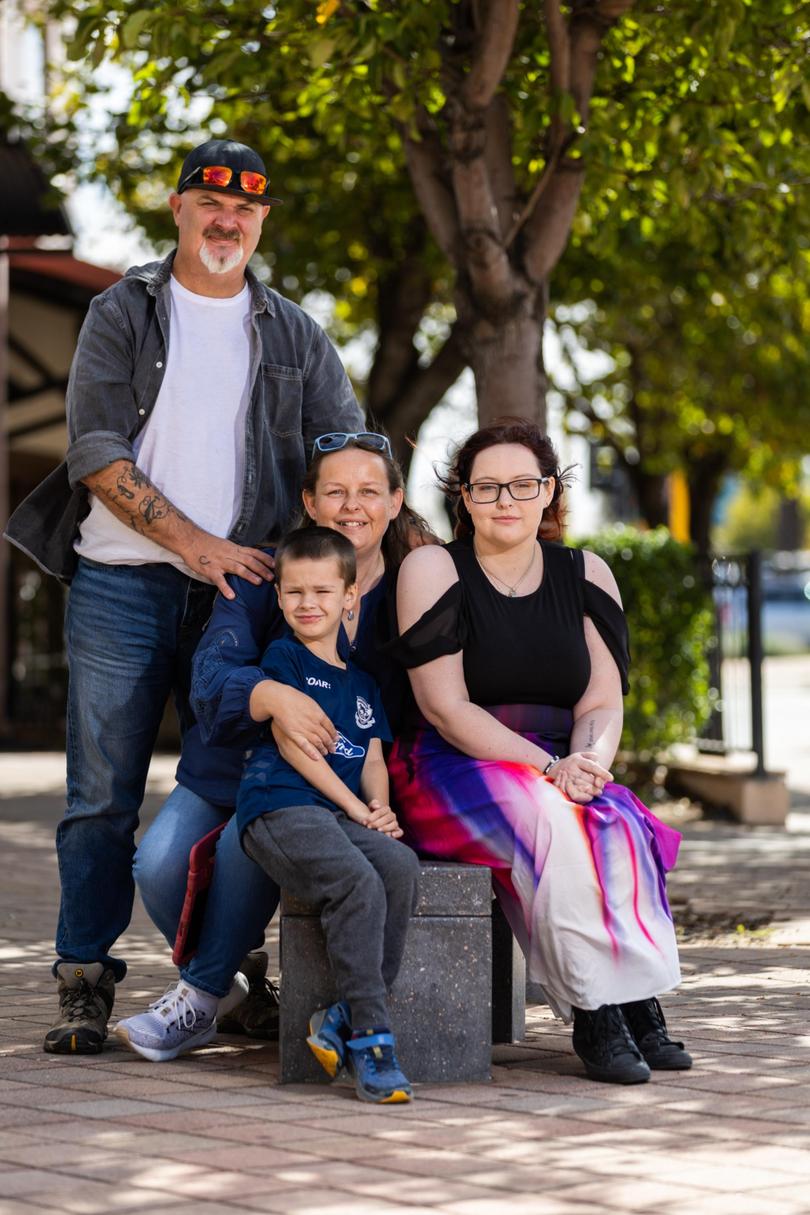Two teens diagnosed with mesothelioma prompting calls for research into non-occupational asbestos exposure

Cody Bartell and Jarni Greatorex aren’t former workers who have fallen ill in their later years — they were diagnosed with mesothelioma as teenagers.
Mr Bartell was diagnosed with the terminal cancer, which affects the mesothelial cells that cover most internal organs, when he was only 19. Ms Greatorex was told she had the disease when she was just 16.
The boss of the Asbestos Diseases Society of Australia, Melita Markey, has warned non-occupational and unknown exposure is becoming the fastest growing group to be diagnosed with asbestos-related diseases.
Sign up to The Nightly's newsletters.
Get the first look at the digital newspaper, curated daily stories and breaking headlines delivered to your inbox.
By continuing you agree to our Terms and Privacy Policy.Mr Bartell said the cancer had drastically changed his life.
“I was experiencing shortness of breath, pains through my chest going from my shoulder to my neck, loss of appetite, weight loss, and night sweats,” he said.
“With treatment they’ve gotten a lot better but I still get shortness of breath at work and when I play sport. I’m quite limited with what I used to be able to do compared to now.”
Ms Greatorex said she experienced blood clots and fatigue a year before the hospital diagnosed her with mesothelioma.

Her mum, Jessie Dean, said the late diagnosis meant the cancer had spread rapidly.
“The difference in PET scans showed it all. If they’d been looking for that in the first place it would have been a huge difference in our world,” she said.
“The delay by a year allowed it to spread, which meant she ended up in the ICU in an induced coma for 48 hours.”
Ms Dean called for more support and research for those that have contracted mesothelioma through non-occupational and unknown exposure to asbestos.
“It would have helped a huge amount in our journey if the hospital was taught to look at this being a possibility for young people because when Jarni went in there with the clots the cancer was already there,” she said.

Ms Greatorex said it being considered a workers’ disease had made the diagnosis even more isolating.
“Because it is thought of as a disease in older people who have been exposed to it while working there’s not enough support for the younger people with it,” she said.
“It would just be a lot easier on us if we had more knowledge. We’d be able to go about our day a little bit easier.”
ADSA chief executive Ms Markey warned non-occupational asbestos exposure causing mesothelioma was rapidly growing, which was an increasing concern after asbestos was found in mulch in Melbourne and Sydney parks this year.
“Sadly the fastest-growing cohort is non-occupational exposure, which is made up of do-it-yourselfers or unknown exposure,” she said.
“It’s really caught us off-guard, having been around asbestos diseases for most of my life I never expected to see this.
“I really feel we need to take this seriously and look to how we can better support our hospital system, our oncologists and specialists to support these young people.”

She said the Federal Government was working on a national strategy to remove ageing asbestos, but more investment was needed to find new treatments and research this emerging group.
“Although we banned asbestos in 2003, the ban didn’t cover asbestos materials in our built environment, so they were left. What’s happened now is asbestos diseases are not declining, they’re just shifting from occupational exposure to non-occupational and unknown,” she said.
“We’d like to engage in a meaningful conversation with public health authorities to say asbestos diseases are not an ageing disease it’s a very serious public health matter. What’s not being dealt with is that we have 4100 incidences annually, but there is no investment in treatment.
“We need to be investing in those resources because it’s not going to go away while we have so much aging and deteriorating asbestos in our built environment.”
A State Government spokesperson said the Cook Government was committed to continuing to work to address the burden of mesothelioma in WA and had supported “comprehensive research initiatives to better understand this disease”.
This included $2 million in funding to support asbestos-related research since 2020.
